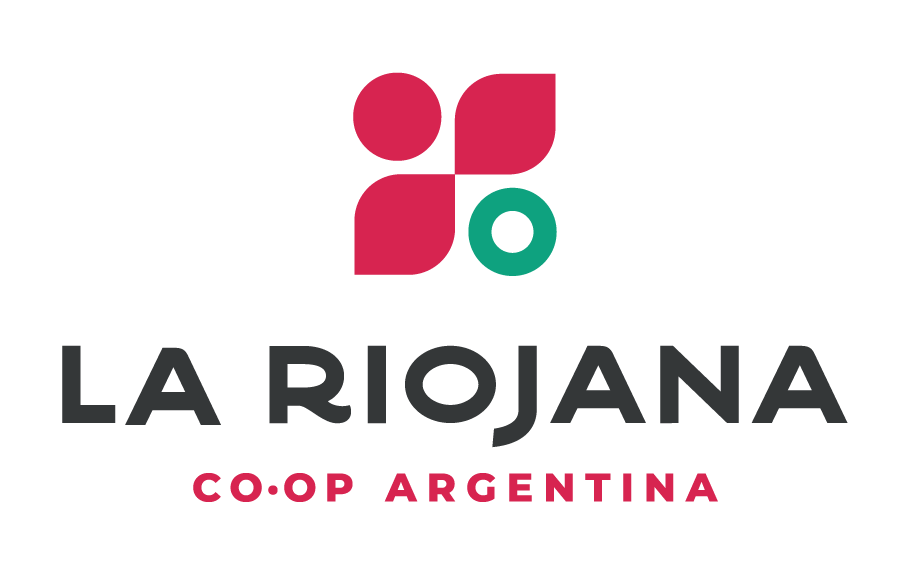The Organic Wine Story
/As consumers around the world become ever-more health conscious and environmentally aware, demand for organic food and drink products has soared.
As a result, grocery retailers have expanded their organic ranges of produce such as fruit, vegetables and meat.
The growing interest in organic wines is similarly giving wine retailers added incentive to boost their organic offering, and for producers to eschew chemical advances and focus instead on traditional growing and production methods.
But when the first organic wines appeared on the shelves back in the 1980s they were not considered comparable to traditional wines at similar price points, and attracted few consumers other than a small niche of health obsessives.
Early problems
Part of the problem with the early breed of organic wines was that no sulphur dioxide, used as a preservative, was added, and the finished product was often of dubious quality. Nowadays, with modern production techniques, most organic winemaking standards allow for the addition of strictly regulated amounts of sulphites.
More than ever
Today, organic wine can more than hold its own against conventionally produced wine. There are now more organic wines being made than ever before, with a large percentage of organic wines on the market placed firmly in the premium category.
Between 2004 and 2011, the number of vineyards worldwide dedicated to organic production tripled, from 88,000 to 256,000 hectares.





